Modern NLP: A Detailed Overview. Part 2: GPTs
Towards AI
JULY 23, 2023
In the first part of the series, we talked about how Transformer ended the sequence-to-sequence modeling era of Natural Language Processing and understanding. Semi-Supervised Sequence Learning As we all know, supervised learning has a drawback, as it requires a huge labeled dataset to train.

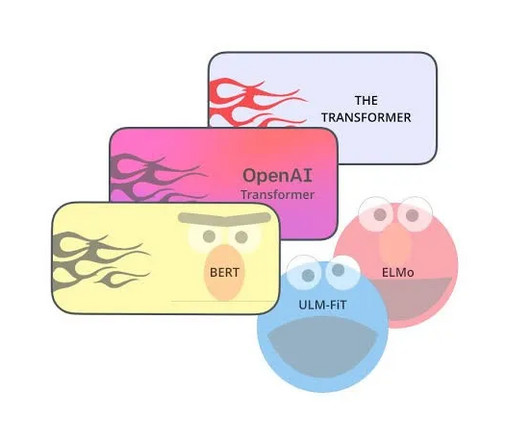

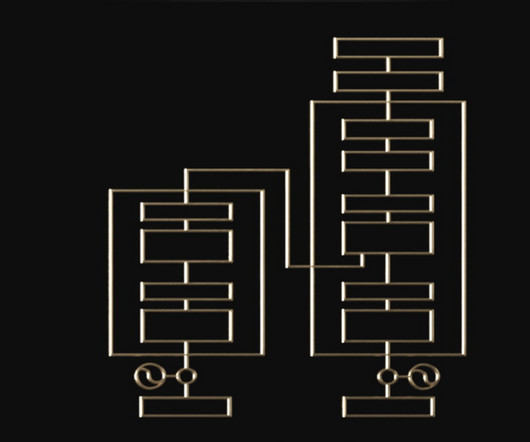
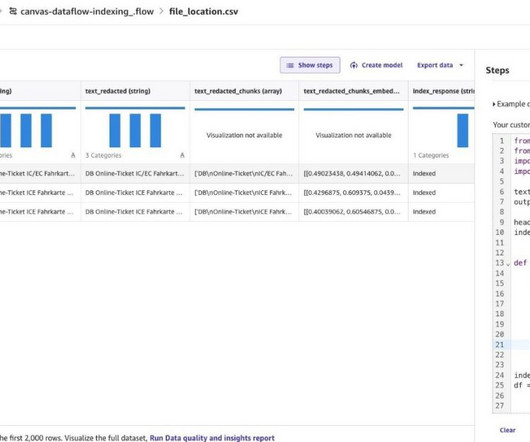
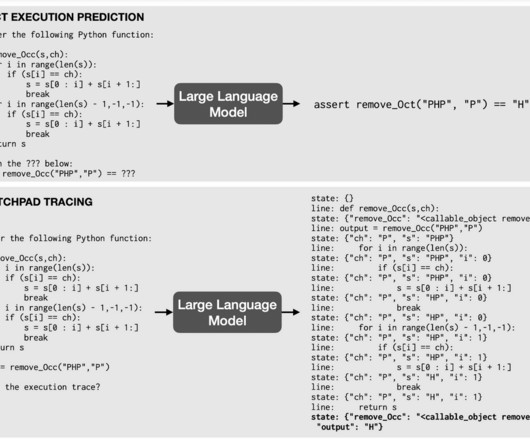
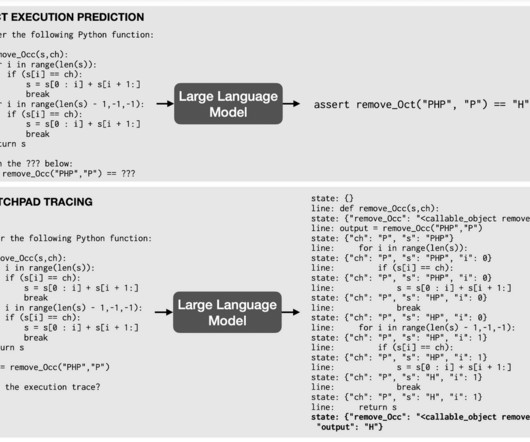


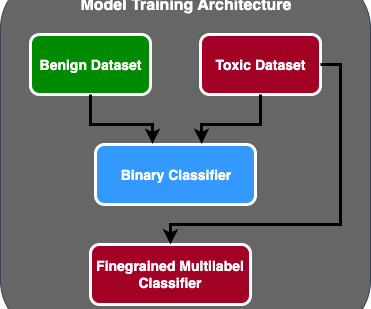






Let's personalize your content